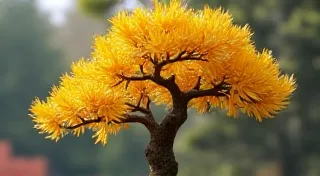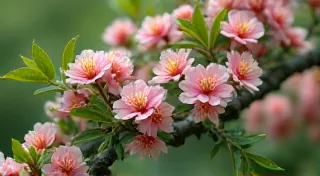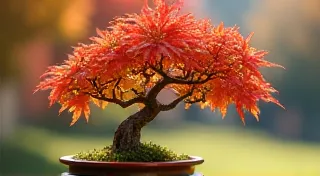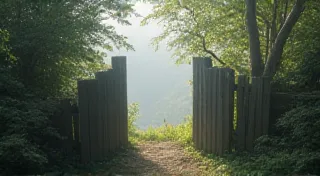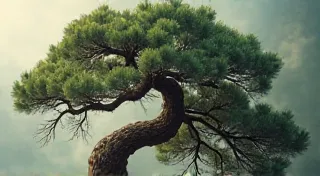Fig Bonsai: Propagation and Variety Selection
Fig trees (Ficus) are increasingly popular choices for bonsai enthusiasts, and for good reason! They's relatively fast-growing, forgiving of beginner mistakes, and offer beautiful foliage. This guide will explore propagation techniques to expand your collection and then delve into some of the most popular fig varieties suited for bonsai.
Propagation: Creating New Fig Bonsai
There are several ways to propagate fig trees, allowing you to create multiple bonsai from a single parent plant. Here are the most common methods:
Air Layering
Air layering is a highly effective method that allows you to root a branch while it's still attached to the parent tree. This is particularly useful for creating a new bonsai with a pre-established trunk and branch structure.
- Select a healthy branch about pencil-thickness.
- Carefully remove the bark (about 1-2 inches) from the selected branch.
- Moisten sphagnum moss and wrap it around the exposed area.
- Cover the moss with plastic wrap and secure it tightly with twine or tape.
- Keep the moss moist. Roots should develop within a few weeks to months.
- Once roots are visible, sever the branch from the parent tree and plant it in its own pot.

Stem Cuttings
Stem cuttings are a simpler, although less reliable, method. They work best with species known to root easily.
- Take a cutting about 4-6 inches long, just below a node (where a leaf emerges).
- Remove the lower leaves, leaving only a few at the top.
- Dip the cut end in rooting hormone (optional, but recommended).
- Place the cutting in a pot with well-draining bonsai soil.
- Keep the soil consistently moist and provide warmth and humidity.
Root Cuttings
Root cuttings are less common but can be successful. Take a small piece of root from an existing tree, place in moist soil and wait for roots to grow. This is a less reliable method, but can produce interesting results.
Popular Fig Bonsai Varieties
Not all fig varieties are created equal when it comes to bonsai. Some have characteristics that lend themselves particularly well to the art of miniature tree cultivation.
Ficus retusa (Red Fig/Chinese Banyan)
Ficus retusa is arguably the most popular fig for bonsai. It develops aerial roots readily, which can be trained to create a dramatic, aged appearance. It also tolerates pruning well, encouraging ramification.
Ficus microcarpa 'Ginseng' (Ginseng Fig)
The 'Ginseng' fig is prized for its thick, bulbous base, which gives the impression of an old, established tree. Its aerial roots contribute to its unique character.

Ficus benjamina (Weeping Fig)
Ficus benjamina offers beautiful, delicate foliage. While it can be more challenging than other fig species, it rewards diligent care with graceful growth.
Ficus pumila (Creeping Fig)
While usually grown as a ground cover, Ficus pumila can also be trained as a cascade or penjing bonsai, its tiny leaves creating a lush, flowing appearance.

Conclusion
Expanding your bonsai collection with fig trees is a rewarding experience. Whether you choose to propagate from cuttings or air layers, and whether you opt for a classic retusa or a unique 'Ginseng' variety, the versatility of fig trees provides endless possibilities for creative bonsai artistry. Consistent care and attention will lead to beautiful, thriving bonsai that you can enjoy for years to come.
